What is Agile?
Agile is a way of working that focuses on flexibility and adaptability. It involves breaking down work into smaller, manageable chunks called sprints and reviewing progress regularly. This approach is often used in technology and digital development.
Agile for BAU?
While Agile is often associated with projects, it can also be applied to business-as-usual (BAU) activities. HR teams can incorporate BAU tasks, like engagement surveys or performance reviews, into their Agile sprints. This helps ensure these tasks are completed efficiently and doesn't overwhelm the team.
Handling Unplanned Tasks
Agile can be useful for managing unplanned tasks, such as urgent employee relations issues or unexpected staff departures. These tasks can be added to the sprint plan and tracked, providing insights into the time spent on them. By tracking unplanned tasks, teams can better estimate future time requirements.
Benefits of Agile HR
Agile HR can offer several benefits:
Improved Collaboration: Breaks down silos and encourages teamwork.
Data-Driven Decisions: Leverages data to make informed decisions about talent strategies.
Enhanced Employee Experience: Focuses on delivering value to employees, leading to increased engagement and retention.
Who is using Agile HR in Australia?
Unsurprisingly, the early adopters of Agile HR are large very organisations such as NAB, CBA and Telstra. These companies have the ability to implement Agile HR based on tried and tested models in project teams as well as other BAU functions. They also have the scale and complexity to realise significant benefits IF the model is successful. How you measure that success is an unanswered question which will ultimately decide the survival and expansion of this practice into the wider HR community.

